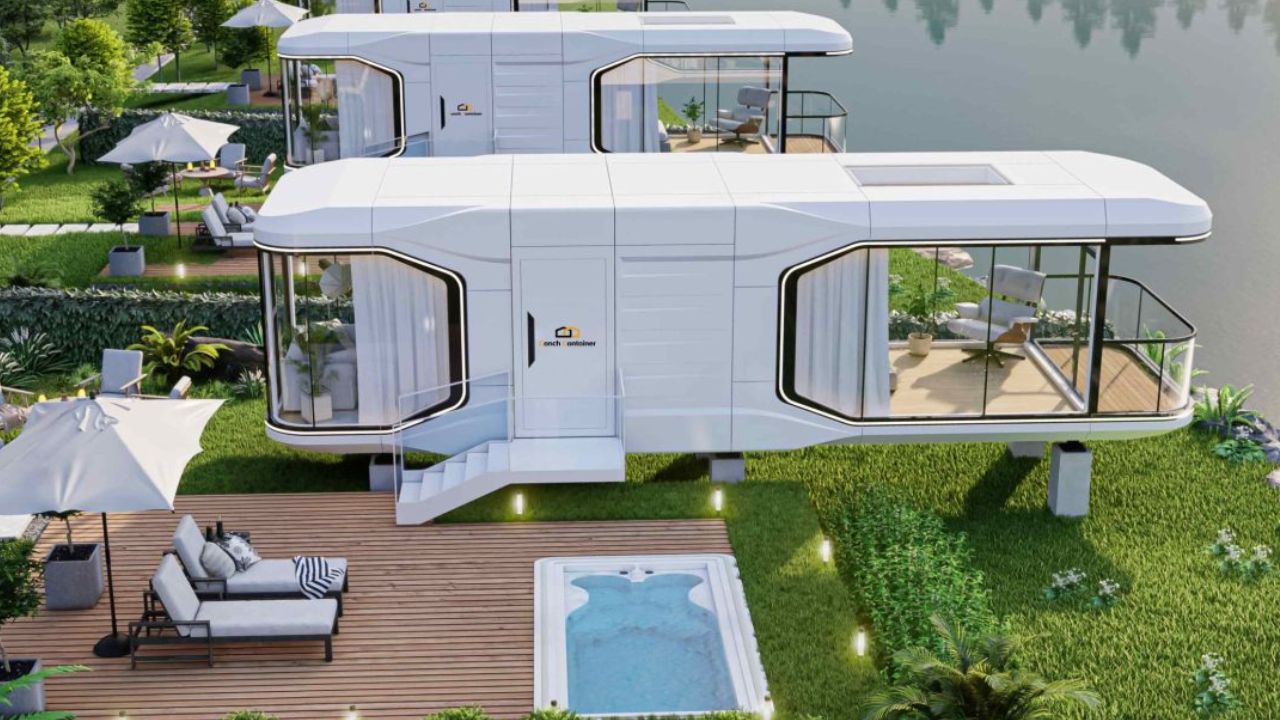Edmond likes to share design blog posts on social media and in online forums. He has a degree in Graphic Design, and he loves working with Adobe Photoshop and Illustrator. In his spare time, Zachary enjoys hiking and camping with his friends.

In the last few years, small houses, also known as tiny homes, have been on the rise in the housing market. These small living units provide various advantages that make them suitable for several individuals, especially young professional employees and even the elderly.
This article discusses the capsule house in usa as one of the new trends in the modern housing market and their potential benefits and drawbacks and role in society.
So let’s explore this rather new and exciting avenue.
The ‘Small Houses’ or Capsule House Concept in the USA
Small houses typically comprise 100 to 400 square feet, which is way below the general houses in the United States. Although they are generally small, they use all the available space to the maximum. This is evident by the incorporation of fold-down furniture and creative storage. The primary appeal of small houses includes;
- Affordability: Cost is at the top of the list among the most obvious reasons why people decide to go to small houses. Compared to the usual house, constructing or buying a tiny one is much cheaper; hence, a wider public will be able to afford to pay for a home.
- Environmental Impact: Compact homes are more environmentally friendly. Small houses consume fewer building materials and produce less waste. They use less energy on heating/cooling and offer an overall theme of simplicity alongside less consumption.
- Simplicity and Freedom: As people live in small houses, they cut down on some of the luxuries that people with large and spacious houses have. They are not weighed down by as many material goods and do not have a huge space to clean and maintain. This makes them focus more on memories and events. Moreover, many small houses are movable, which opens up opportunities for traveling and living in different places.
The Overall Implication of the Findings to the Housing Industry
The rise of small houses is influencing the broader housing market in several ways.
- Increased Demand for Alternative Housing: The demand for more houses has been on the rise after people realized the positive sides of these tiny abodes. It inspires builders and developers to come up with new phenomenal housing structures like tiny home communities and environment-friendly buildings.
- Shift in Consumer Preferences: The trend towards reducing the consumption of goods and pursuing sustainable lifestyles influences consumers steadily. In developed countries, people now value experiences more than things, and that has made them consider efficient spaces in which to live.
- Community Development: Small houses can support society’s development as they are residential options for individuals living in towns and villages at an affordable price. Tiny home communities offer the social aspect that the residents feel like they belong there and can play a role in reintroducing life into the neighborhood.
Conclusion
Tiny houses are not just a fad but a simple manifestation of people’s approach to housing and living in general. Through the affordability factor, the ecosystem, and the less complicated way of living, tiny homes are revolutionizing the housing market. Thus, despite a number of issues that have to be taken into consideration, the influence of small houses on the housing market is undeniable. More and more people succumb to the idea of tiny houses, and thus, the future of housing will be even better, intelligent, and ecological.
